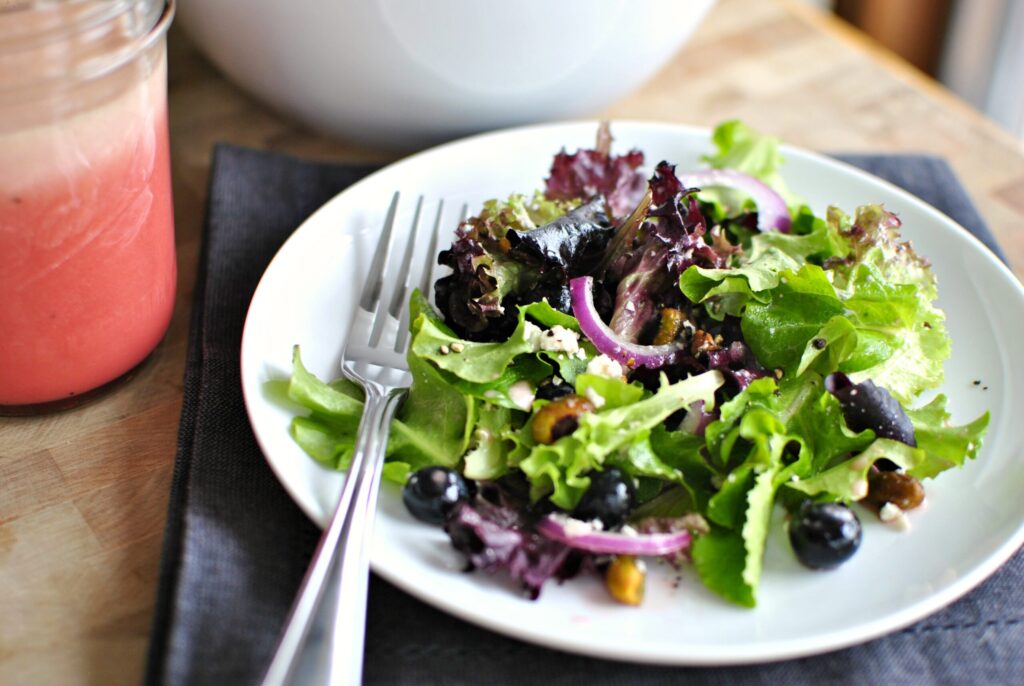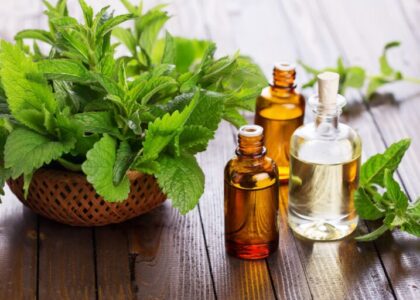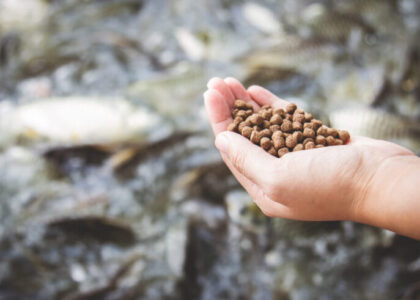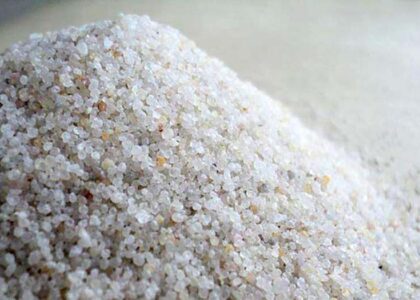
The global organic salad dressing market By It is projected that the size will reach US$ 2,638.42 million by 2030. According to a recent analysis by Future Industry Insights (FMI), the industry is predicted to develop between 2020 and 2030 at a compound annual growth rate (CAGR) of 5.4%.
According to the report, because natural and organic foods are healthier, there is an increasing demand from consumers for items manufactured with these ingredients. Presenting a comprehensive analysis of the market while taking into consideration important growth factors, opportunities, restraints, and changes is the main goal of this report.
The rapidly expanding eating-out culture has surged in both developed and developing countries, leading to a boom in cafés and restaurants, driving up demand for organic salad dressings globally. Demand is being driven by an expanding number of food product manufacturers trying to satisfy health-conscious consumers by providing natural and organic salad dressing.
To satisfy your palette, look for organic salad dressings on the market. A sample study titled “Analysis of the $2.6 Billion Global Growth Story” can be downloaded :
https://www.futuremarketinsights.com/reports/sample/rep-gb-11453
The global organic salad dressing market is set for substantial expansion, with an anticipated size of US$ 2,638.42 million by 2030. According to a recent report by Future Industry Insights (FMI), the market is expected to grow at a Compound Annual Growth Rate (CAGR) of 5.4% between 2020 and 2030, driven by increasing consumer demand for natural and organic foods.
Key Points and Takeaways:
- Market Projection: The organic salad dressing market is forecasted to reach US$ 2,638.42 million by 2030, with a CAGR of 5.4%.
- Driving Factors: The rising popularity of natural and organic foods due to their health benefits is a key driver for the market’s growth.
- Distribution Channel: Hypermarkets and supermarkets lead the market based on the distribution channel, capturing a significant share.
- Geographical Dominance: North America dominates the market with a 34% share, while Europe and Asia Pacific remain steady as key markets.
Market Dynamics:
- Eating-Out Culture: The expanding eating-out culture globally, along with the growth of cafes and restaurants, contributes to the increasing demand for organic salad dressings.
- Culinary Preferences: Consumer preference for continental cuisines, which often use organic salad dressings, further fuels market growth.
Impact of COVID-19: The COVID-19 pandemic has influenced a shift in consumer behavior, with lockdowns affecting eateries and restaurants. However, the demand for organic salad dressing is rising in households as consumers seek to replicate restaurant-like tastes at home.
Key Takeaways:
- The market is witnessing a CAGR of 5.4%, fueled by health-conscious consumer preferences for natural and organic foods.
- North America holds a dominant market share, driven by the popularity of organic salad dressings.
- Hypermarkets and supermarkets are key distribution channels contributing to market growth.
Additionally, it is expected that as consumers continue to favour continental cuisines, which primarily rely on organic salad dressing, demand for organic salad dressing will increase throughout the course of the projected years.
It includes in-depth insights into the organic salad dressing industry Some of these are:
- The estimated value of the organic salad dressing industry was at US$ 1436 Mn in 2020
- Rising demand for organic food will aid the expansion of the market
- North America dominates the market with a share of 34%
- On the basis of distribution channel, hypermarkets and supermarkets lead the market
- Consumption of food products, such as rice and pasta, with various condiments and sauces, dressing continues to remain in vogue, globally, enabling growth in the market
Lockdown Enforced and Willingness to Imitate Restaurant-like-taste at Home will Impact Growth
Due to the rising number of eateries serving international cuisine, the demand for organic salad dressings in the hospitality sector has grown significantly. However, because of the lockdown, the COVID-19 pandemic will severely affect eateries and restaurants. The demand for organic salad dressing will rise in households due to a growing consumer willingness to replicate restaurant-like tastes at home, along with an increase in demand for organic food and dressing items. On the other hand, the majority of consumers work from home and practise social distance to prevent the spread of the novel coronavirus.
Competitive Landscape:
Major players in the organic salad dressing industry include Dr. Oetker, Kraft Heinz, McCormick, Unilever, American Garden, Annie’s Homegrown, Cibona, Duke’s, Hidden Valley, Ken’s Foods, Kenko Mayonnaise, Mrs. Bector’s Cremica, Newman’s Own, Oasis Foods Company, Remia, Stokes Sauces, Tina, and Pinnacle Foods. Innovation in new product development and packaging remains a focus for global players in the salad dressing industry.
ORGANIC SALAD DRESSING INDUSTRY TAXONOMY
Develop Your Culinary Skills by Learning About Organic Salad Dressings! Purchase now to gain early access to market trends, player valuations, and important players:
https://www.futuremarketinsights.com/checkout/11453
By Type
- Ranch dressing
- Vinaigrettes
- Caesar dressing
- Blue cheese dressing
- Thousand island dressing
- Other creamy dressing
By Base
- Cream-based salad dressings
- Oil-based salad dressings
- Reduced-fat salad dressings
By Application
- Household
- Industrial
- Other
By Distribution Channel
- Hypermarkets/Supermarkets
- Convenience Stores
- Specialty Retailers
- Others
Region
- North America
- Latin America
- Europe
- East Asia
- South Asia
- Oceania
- Middle East & Africa
ORGANIC SALAD DRESSING INDUSTRY– KEY RESEARCH FINDINGS
- The organic salad dressing industry will exhibit a CAGR of 5.4% between 2020 and 2030
- Regionally, North America emerged as a key market for organic salad dressing
- Europe and Asia Pacific will remain steady as key markets for organic salad dressing
- The increasing willingness to spend a little extra on healthy food and condiments among customers will boost growth
- Foodservice category is expected to remain dominant in terms of application.
About Future Market Insights (FMI)
Future Market Insights, Inc. (ESOMAR certified, recipient of the Stevie Award, and a member of the Greater New York Chamber of Commerce) offers profound insights into the driving factors that are boosting demand in the market. FMI stands as the leading global provider of market intelligence, advisory services, consulting, and events for the Packaging, Food and Beverage, Consumer Technology, Healthcare, Industrial, and Chemicals markets. With a vast team of over 400 analysts worldwide, FMI provides global, regional, and local expertise on diverse domains and industry trends across more than 110 countries.
Contact Us:
Nandini Singh Sawlani
Future Market Insights Inc.
Christiana Corporate, 200 Continental Drive,
Suite 401, Newark, Delaware – 19713, USA
T: +1-845-579-5705
For Sales Enquiries: sales@futuremarketinsights.com
Website: https://www.futuremarketinsights.com
LinkedIn| Twitter| Blogs | YouTube




